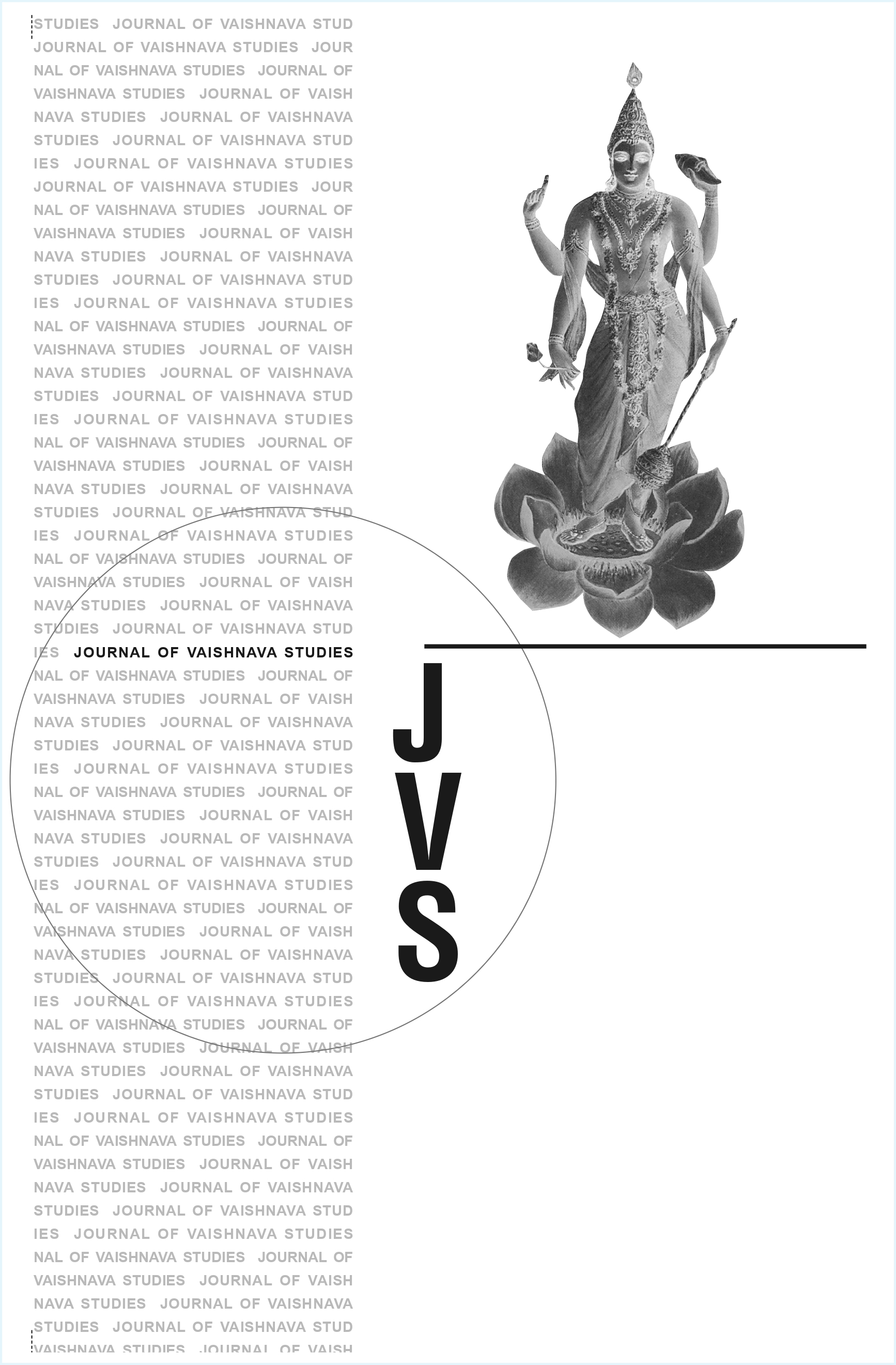Viṣṇu as Fish:
The Growth of a Story from the Brāhmaṇas to the Purāṇas
Keywords:
Matsya avatāra, Viṣṇu, flood myth, Śatapatha, Brāhmaṇa, Mahābhārata, Matsya Purāṇa, Viṣṇuization, Purāṇic transformation, Hindu mythologyAbstract
The article "Viṣṇu as Fish: The Growth of a Story from the Brāhmaṇas to the Purāṇas" by Luis González-Reimann traces the development of the Matsya (fish) incarnation narrative across three major textual corpora—the Śatapatha Brāhmaṇa, the Mahābhārata, and the Matsya Purāṇa. Beginning with the early Vedic version where the flood story bears no connection to any specific deity, González-Reimann documents how the protagonist gradually becomes identified with Viṣṇu. The article analyzes textual motifs and shifts in narrative structure, revealing how the tale evolves from a symbolic myth of cosmic renewal to a theologically significant avatāra narrative. Special attention is given to the process of “Viṣṇuization,” where the fish is not simply a mythic savior but explicitly linked to the concept of divine descent central to Purāṇic Vaiṣṇavism. By comparing these textual layers, the study demonstrates how theological reinterpretation can both preserve and transform earlier myths, positioning the Matsya story as a key example of dynamic scriptural adaptation in Hinduism.Published
2006-12-13
Issue
Section
Articles





